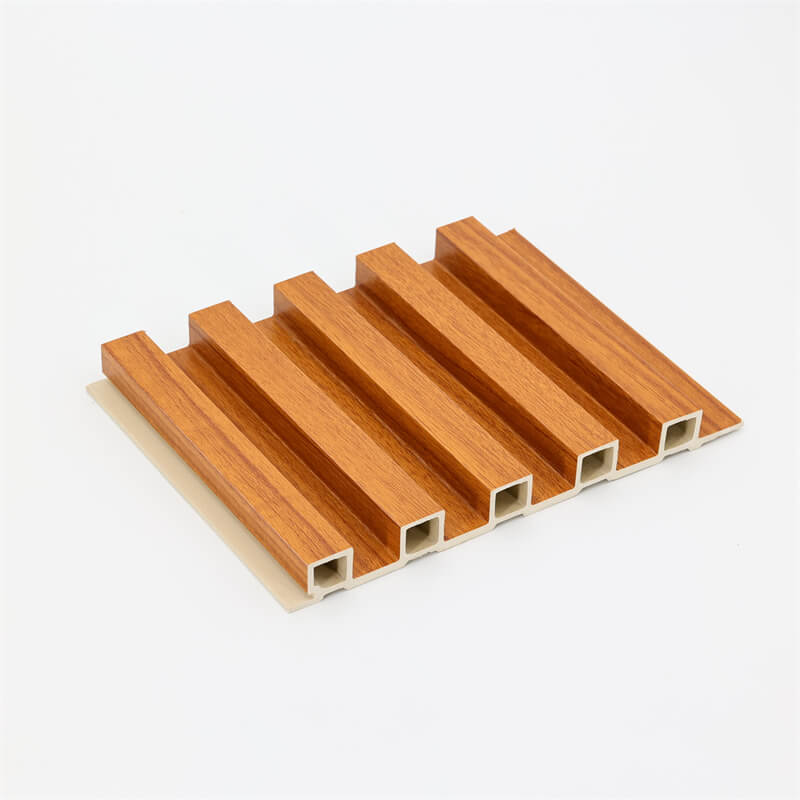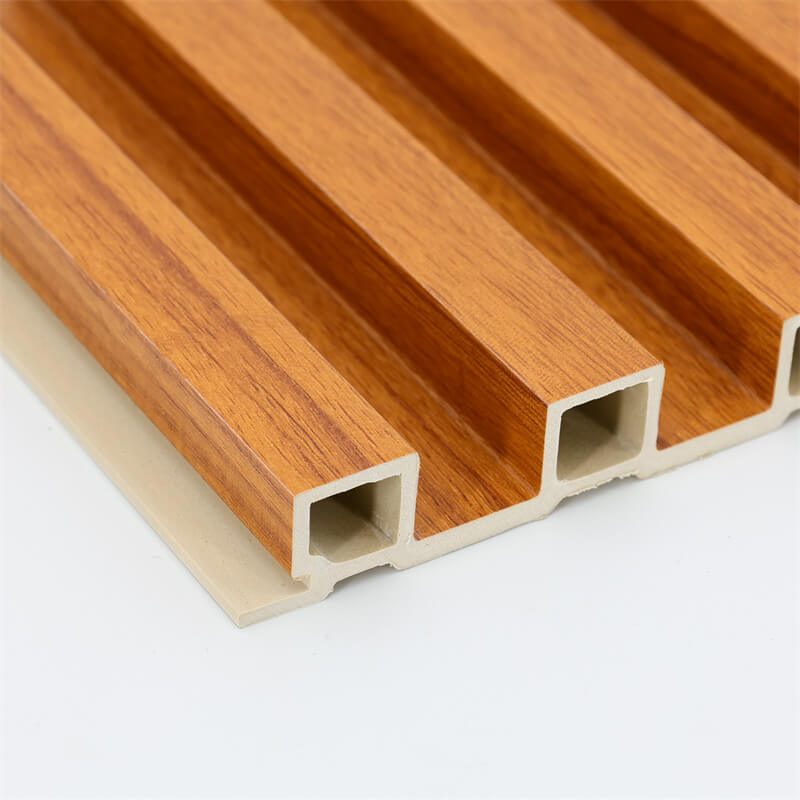
Wood-Plastic Composite (WPC) panels have emerged as a revolutionary material in the field of construction and design.
Combining the best attributes of wood fibers and thermoplastic polymers, WPC panels offer a sustainable, durable, and aesthetically pleasing solution for various applications.
In this ultimate guide, we will explore the numerous benefits of WPC panels and delve into their diverse applications across different industries.
Whether you are a homeowner, builder, or designer, understanding the advantages and potential uses of WPC panels will empower you to make informed decisions and embrace this innovative material in your projects.
Sustainable and Eco-Friendly Features of WPC Panels
Utilizing Recycled Materials WPC panels exemplify sustainability by incorporating recycled wood fibers and thermoplastic polymers.
The wood fibers can be sourced from post-consumer wood waste, agricultural residues, or industrial by-products, while the thermoplastic component often includes recycled plastic.
This recycling aspect reduces the demand for virgin materials, contributes to waste reduction, and supports the principles of a circular economy.
Reduced Environmental Impact The manufacturing process of WPC panels requires less energy and generates lower greenhouse gas emissions compared to traditional wood products.
Additionally, the use of recycled materials further lessens the environmental impact of WPC panels.
By choosing WPC panels, individuals and industries can actively contribute to reducing their carbon footprint and promoting sustainable building practices.

Advantages of WPC Panels over Traditional Wood
Enhanced Durability WPC panels surpass traditional wood in terms of durability and longevity.
Traditional wood is susceptible to decay, rot, and insect infestations, especially when exposed to outdoor elements.
On the other hand, WPC panels’ composition of wood fibers and thermoplastic polymers provides exceptional resistance to moisture, decay, and pests.
As a result, WPC panels have a significantly longer lifespan, making them a cost-effective choice in the long run.
Moisture and Weather Resistance Traditional wood tends to absorb moisture, leading to swelling, warping, and eventual deterioration.
WPC panels, engineered to be highly resistant to moisture, perform exceptionally well in outdoor environments, such as decking, cladding, and fencing.
Their weather-resistant properties ensure that they retain their beauty and structural integrity despite exposure to rain, snow, and sunlight.
Aesthetics and Design Flexibility of WPC Panels
Natural Wood Appearance One of the most appealing features of WPC panels is their realistic wood-like appearance.
The panels capture the charm and warmth of natural wood, offering a visually pleasing ambiance to indoor and outdoor spaces alike.
The variety of wood grain patterns and textures available in WPC panels provides designers with the freedom to create interiors and exteriors that exude both elegance and authenticity.
Versatile Applications WPC panels’ design flexibility allows them to complement a diverse range of architectural styles.
Whether used for decking, wall paneling, cladding, furniture, or other creative applications, WPC panels provide a versatile option for designers to showcase their creativity.
The availability of various colors, sizes, and shapes further enhances the scope of design possibilities.

Diverse Applications of WPC Panels in Different Industries
Residential Construction In the residential construction sector, WPC panels find wide application in decking, fencing, and cladding.
Homeowners benefit from the low maintenance requirements and long-lasting nature of WPC panels,
creating outdoor spaces that retain their beauty and functionality for years with minimal upkeep.
Commercial and Industrial Buildings WPC panels are gaining popularity in commercial and industrial buildings for their durability, weather resistance, and versatility.
They are used in exterior cladding, interior wall paneling, office furniture, and more, creating professional and aesthetically pleasing spaces that embody sustainable design principles.
Landscaping and Outdoor Spaces Landscaping projects, such as public parks, garden pathways, and recreational areas, benefit from the resilience and eco-friendliness of WPC panels.
They provide a sustainable alternative to traditional wood decking and structures, offering safe and inviting spaces for public use.
Furniture and Interior Design The versatility of WPC panels extends to furniture design and interior decoration.
With their realistic wood appearance and low maintenance requirements,
WPC panels are an excellent choice for creating stylish and eco-friendly furniture pieces and interior finishes.
Wood-Plastic Composite (WPC) panels represent a cutting-edge solution in the world of construction and design.
Their sustainable and eco-friendly attributes, along with enhanced durability and weather resistance, make them a preferable choice over traditional wood.
The realistic wood appearance and design flexibility of WPC panels empower architects, designers,
and builders to create inspiring spaces that embrace sustainability without compromising on aesthetics.
From residential to commercial projects, landscaping to interior design, the applications of WPC panels continue to expand across different industries.
The adoption of this innovative material promises a greener future for the construction and design world, where sustainable practices and aesthetic excellence coexist.
As awareness of environmental responsibility grows, embracing the benefits and diverse applications of WPC panels paves the way for creating functional, beautiful.
